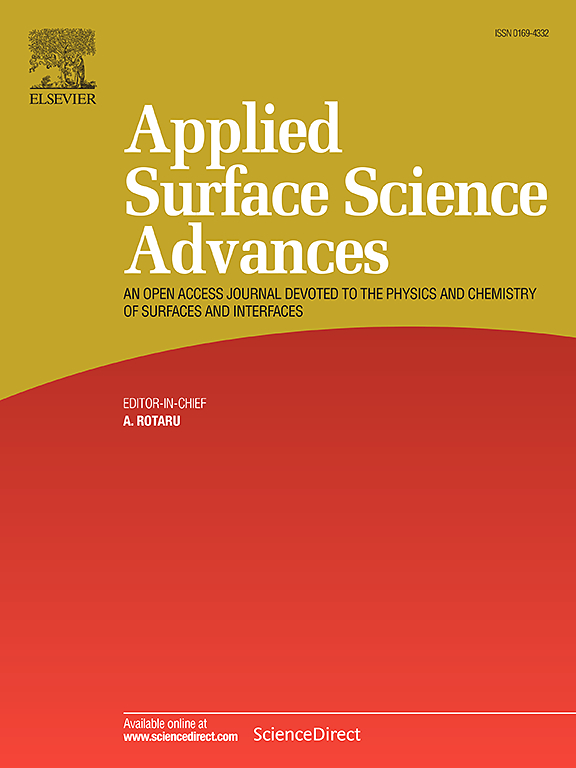Advancing antifouling and antibacterial performance of composite membranes (MXene / ZnO nanoparticle) reinforcement: A combined experimental and molecular dynamics simulation study
IF 8.7
Q1 CHEMISTRY, PHYSICAL
引用次数: 0
Abstract
Surface modification of polymeric membranes presents a promising strategy for enhancing their antifouling and antibacterial performance in water treatment applications. In this research, PES/PVA composite membranes were engineered with MXene and ZnO nanoparticles using the phase inversion method. The morphology of MXene was previously confirmed via FE-SEM, and the resulting membranes were comprehensively characterized using FE-SEM, AFM, EDX, ATR-FTIR, water contact angle analysis, porosity and pore size measurements, and mechanical testing. Performance evaluations revealed that the incorporation of MXene significantly improved water flux (360.6 L/m²·h), achieving more than a threefold increase compared to pristine PES membranes (108.6 L/m²·h). Additionally, PEG facilitated improved porosity and permeability. The optimized PES/PVA-MXene membrane exhibited an impressive flux recovery rate (FRR) of 89.3 % and a BSA rejection rate of 94.7 %, indicating superior antifouling behavior. Molecular dynamics (MD) simulations further confirmed the enhanced water affinity and interfacial interactions induced by MXene and ZnO incorporation. These findings highlight the synergistic potential of hybrid nanomaterials in developing next-generation ultrafiltration membranes with dual antifouling and antibacterial functionalities.
提高MXene / ZnO纳米颗粒复合膜的防污抑菌性能:实验与分子动力学模拟相结合的研究
高分子膜的表面改性是提高高分子膜在水处理中的防污和抗菌性能的一种很有前途的方法。在本研究中,采用相转化的方法制备了MXene和ZnO纳米颗粒的PES/PVA复合膜。之前通过FE-SEM确认了MXene的形貌,并利用FE-SEM、AFM、EDX、ATR-FTIR、水接触角分析、孔隙率和孔径测量以及力学测试对所得膜进行了综合表征。性能评估显示,MXene的掺入显著提高了水通量(360.6 L/m²·h),比原始PES膜(108.6 L/m²·h)增加了三倍多。此外,PEG有助于提高孔隙度和渗透率。优化后的PES/PVA-MXene膜具有89.3%的通量回收率(FRR)和94.7%的BSA拒绝率,具有良好的防污性能。分子动力学(MD)模拟进一步证实了MXene和ZnO掺入诱导的亲水性增强和界面相互作用。这些发现强调了混合纳米材料在开发具有双重防污和抗菌功能的下一代超滤膜方面的协同潜力。
本文章由计算机程序翻译,如有差异,请以英文原文为准。
求助全文
约1分钟内获得全文
求助全文

 求助内容:
求助内容: 应助结果提醒方式:
应助结果提醒方式:


